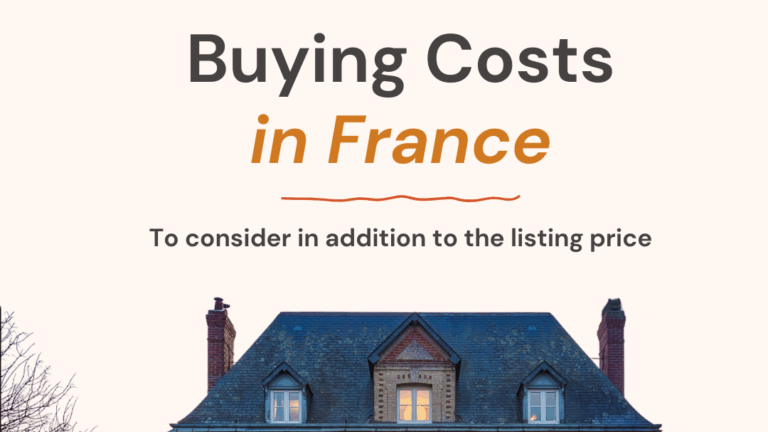Exploring the Cultural and Architectural Differences Between Northern and Southern France
France, a country renowned for its diverse landscapes, history, and culture, offers striking contrasts between its northern and southern regions. From the language dialects and cuisine to architectural styles, these regions reflect unique identities that make exploring France such a rich experience. For those interested in buying property in France, understanding the differences between the North and South can offer valuable insights into what each area has to offer.
1. Architectural Styles: North vs. South
The architecture in Northern and Southern France differs significantly, shaped by historical influences, climate, and local resources. In the North, the architectural style is influenced by Gothic and Norman traditions, with grand stone buildings, steep slate roofs, and timber framing. This region’s architecture is well-suited to its cooler climate; the stone materials and heavy walls help insulate against cold temperatures. Towns in Normandy and Brittany often feature half-timbered houses and grand cathedrals, like the Notre-Dame Cathedral in Amiens. These historic structures often have intricate detailing and dark colors, reflecting the more reserved architectural traditions of Northern Europe.
In contrast, Southern France reflects Mediterranean and Roman influences, with lighter materials, terracotta roof tiles, and bright facades. Homes in Provence and the Côte d’Azur are typically built with stucco or light-colored stone, often painted in earthy tones that blend with the sun-drenched landscape. Traditional Provençal farmhouses, or “mas,” are characterized by their rustic, open layouts, thick stone walls, and large windows to embrace the warmth of the Mediterranean climate. Southern architecture often incorporates shaded terraces, balconies, and open courtyards, allowing residents to enjoy the mild weather and outdoor lifestyle.
2. Cultural Attitudes and Lifestyle
The lifestyle and cultural attitudes in Northern and Southern France also have distinct flavors. Northern France, including regions like Normandy, Brittany, and Île-de-France, is generally considered more reserved and formal, with people often valuing privacy and a slower approach to relationships. The cuisine reflects the colder climate, with rich, hearty dishes such as stews, creamy sauces, and cheese-based meals. Northern regions are also known for their cider and beer, which are often preferred over wine, a staple in the South.
On the other hand, Southern France has a warmer, more relaxed vibe that aligns with its Mediterranean culture. People in the South tend to be more open and sociable, with a focus on outdoor gatherings, markets, and a lively café culture. This relaxed lifestyle is accompanied by Mediterranean cuisine, featuring fresh seafood, olive oil, tomatoes, herbs, and lighter, sun-ripened produce. Wine plays an essential role in Southern French life, with celebrated wine regions like Provence and Languedoc producing some of the country’s finest wines.
3. Language and Dialects
Another cultural difference between the North and South of France lies in language and dialects. In Northern France, the language is closer to standard French, while regional dialects like Breton in Brittany add a unique local character. In Southern France, regional languages like Occitan and Provençal reflect the area’s distinct heritage, and you’ll often hear locals using expressions unique to their region. The Southern accent, with its warmer, lilting tones, also differs from the crisper accents in the North, adding to the cultural diversity.
4. Climate and Its Impact on Daily Life
The climate is a significant factor that shapes daily life in the North and South of France. Northern France experiences colder winters and milder summers, with a tendency for rain. This climate influences everything from home construction to cuisine. The South, with its Mediterranean climate, enjoys mild winters and hot summers, encouraging a lifestyle centered around outdoor living. Properties in the South are often built with features like shutters and shaded terraces to protect against the sun, while homes in the North prioritize insulation against the cold.
Conclusion
The cultural and architectural differences between Northern and Southern France offer a fascinating glimpse into the diversity of French life. Whether you’re drawn to the Gothic architecture and hearty cuisine of the North or the sunny, open-air lifestyle and Mediterranean designs of the South, understanding these regional distinctions can help you choose the perfect area to call home.


